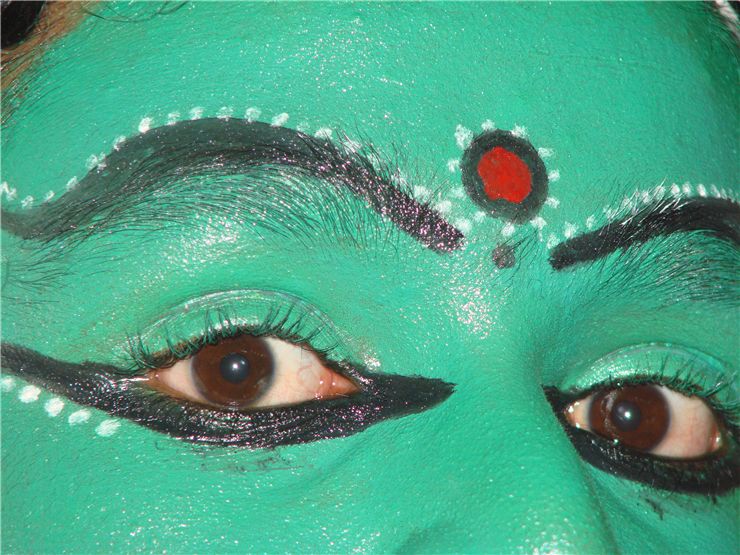Body Painting History
Body painting is a form of art that followed us from the ancient prehistoric times when human race was born, to the modern times where artist use human body as a innovative canvas that can showcase human beauty like no art style before it. Many believe that body painting was the first form of art that was used by humans, and archeological evidence is close to support it.
Records of various ancient and modern tribes from Africa, Europe, Asia and Australia show clear records of their body painting heritage. By using natural pigments from plants and fruits, ancient people decorated themselves with ritual paintings, tattoos, piercings, plugs and even scarring. According to many historians, body painting was the important part of the daily and spiritual lives, often showcasing their inner qualities, wishes for future, images of gods, and many natural or war themes. There, body paint was often applied for weddings, preparations for war, death or funerals, showcasing of position and rank, and rituals of adulthood. In addition to temporary body paints, many cultures used face paint or permanent tattooing that could showcase much larger details than paintings made from natural pigments.

All of those ancient traditions slowly traveled with the rise of the modern human civilization, managing to remain a part of traditions even in modern times. Some example of modern day body paintings can be found in India (where brides decorate themselves with tattoos), and African-American Indian tribes that use body paint for many of their religious ceremonies.
First modern appearance of the full body paint emerged in 1933 when famous cosmetic inventor Max Factor Sr. caused confusion and disturbance with their exhibition of naked model Sally Rand on 1933 World's Fair in Chicago. Shock of this public marketing stunt did not manage to popularize body painting in the west, but it brought it to the minds of many future artists.
Widespread use of body painting emerged during 1960s when western artists strived to find new way to express themselves in a form that will be sensational and shocking. Their moment came with the forming of the hippie movement in United States, which accepted sexuality, psychodelia and nudity as their way of life. It’s important to note, that body painting is not always applied to fully nude female body. It can also be applied to the smaller piece of skin, of then backs, hands, chest and face.
Popular artists that used body paint as the means to express their artistic vision are Jana Sterbak, Rebecca Horn, Youri Messen-Jaschin, and Joanne Gair, who shocked the public by making full body pain for actress Demi Moore that was showcased on the cover of the August 1992 cover of Vanity Fair. Another very specific form of artistic body paint is used in alternative painting movement that received some traction during 1950s and 1960s. In it, artist applied paint on (usually) female models, which then embraced picture canvas and transferred paint on it with their contact. This method was mostly popularized by the work of French artist Yves Klein (1928 - 1962), who is today regarded as one of the key pioneers of Performance art. Currently, artistic body paint is a accepted form of alternative art across entire world.
Today, body painting can be found in several forms. They are an excellent tools for gaining public attention in political protest (often found at PETA demonstrations in various anti-animal cruelty campaigns), and can also be found as very famous tool for advertising allegiance in sport gatherings.
